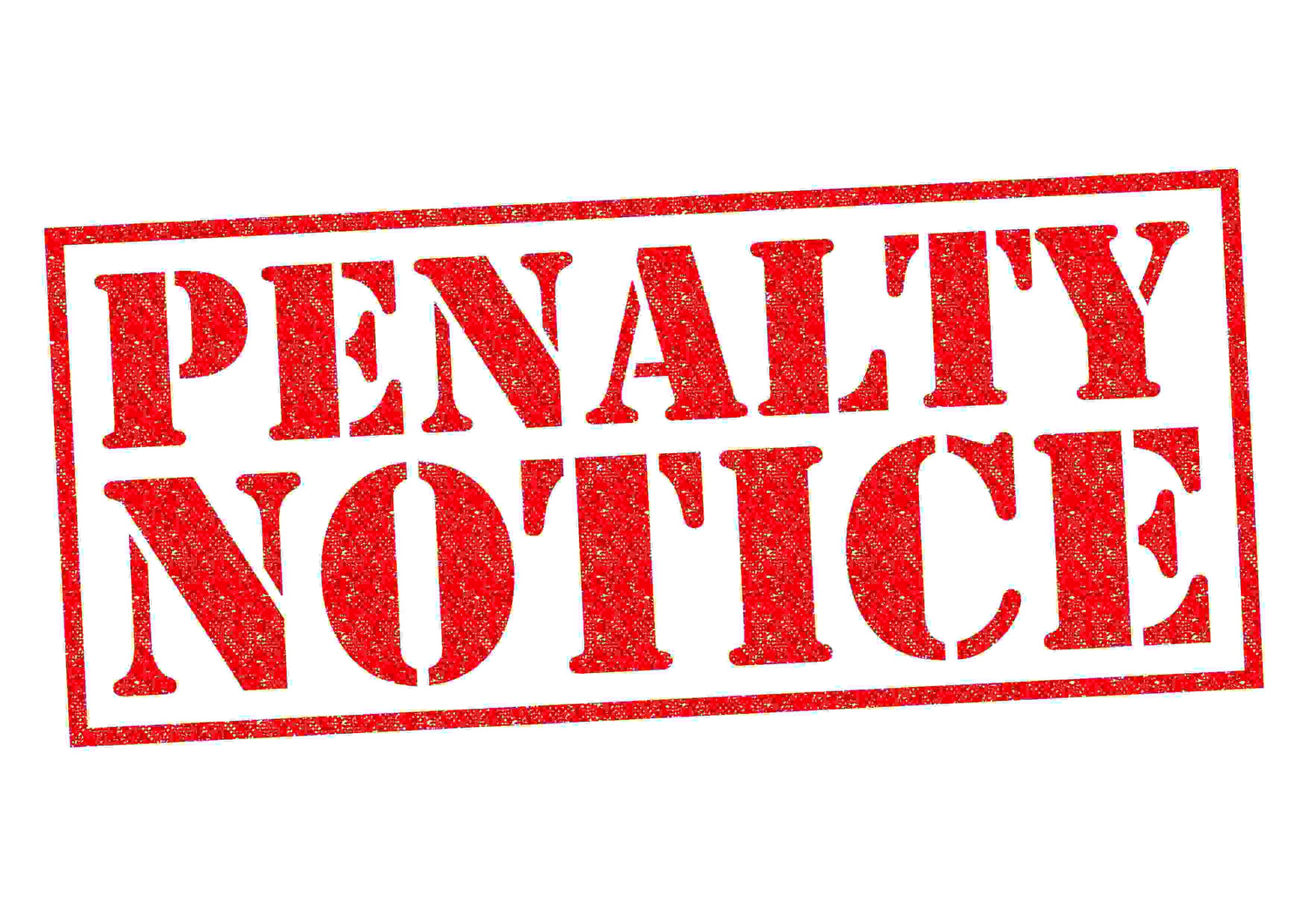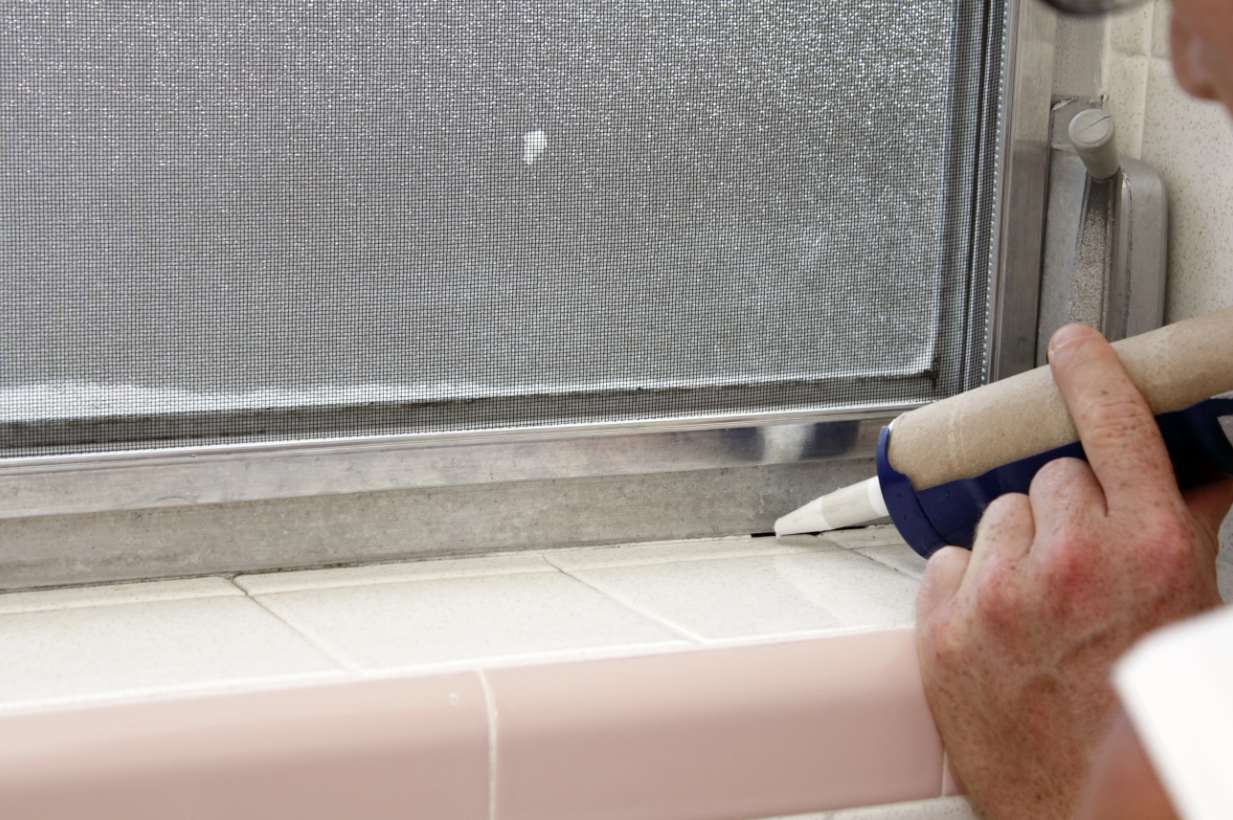
Blizzards and heavy snowfall create responsibilities for homeowners to keep their property safe for visitors. Ordinances vary by locale, but everyone can take basic steps to stay in compliance. Here’s what you need to know to avoid snow removal fines in your city.
Know How the Accumulation Rule Applies
In many locations, it used to be that homeowners were not responsible for injuries caused by “unnatural accumulations,” such as mounds of snow created on the side of your house by a snowplow contractor.
However, since the 2010 Massachusetts case Papadopoulos v. Target Corporation, more and more jurisdictions are eliminating the “unnatural accumulation” rule. This makes it incumbent on property owners to use reasonable care to prevent the hazards caused by any accumulation, whether natural or not, and subjects them to fines for noncompliance. Find out what the rule is in your city.
Be Aware of the Time Frame for Removal
Your local ordinance should state how quickly you need to act to get snow, ice, and slush removed after it accumulates. For example, in Boston, you have three hours to clear the area after snowfall ends. If precipitation occurs overnight, you have three hours from sunrise. If you are planning on being out of town and snow is expected, you may need to have someone on hand to take care of any accumulation that occurs while you’re away.
Understand the Area of Responsibility
Consult your city’s ordinances to see what area you are responsible for. Many new homeowners are surprised to find they’re not required to clear more than just their driveway and the path to the front door. In most cities, including Chicago, property owners are required to clear the snow, slush, and ice from the sidewalk abutting their property. Make sure you have cleared a wide enough path to comply with your city’s rules.
Check the Laws on Pedestrian Ramps
You don’t want to spend an hour clearing your sidewalk only to be hit with a fine because you missed something. Corner residents, for example, are frequently required to remove snow and ice from the pedestrian ramp leading to the street, like in Providence, Rhode Island.
Speak with Your Plowing Contractor about Snow Removal Protocol
If you’ve hired a contractor to remove snow from your driveway, make sure you’ve established where the snow is to be deposited. In most cities, including Philadelphia, homeowners risk fines if snow removed by contractors is pushed into the street.
See if Your City Offers Salt to Residents
Salt helps with clearing the pavement by lowering the freezing point of ice. After you sprinkle salt on the sidewalk, the ice will begin to melt, making it easier to remove. Your city may provide homeowners with free salt for use on sidewalks. Residents in La Crosse, Wisconsin, for example, can pick up a bucketful at each fire station.
Find Out About Local Programs to Help You
Don’t be concerned if you’re not able to remove snow and ice yourself. Many locations have programs set up to help senior citizens and disabled people comply with snow removal laws. In Boulder, Colorado, the IceBusters program, staffed by volunteers, offers assistance to those who need help.
Snow can accumulate quickly and fines for non-removal can create unexpected expenses. Make sure you’re up to date on your city’s requirements.


